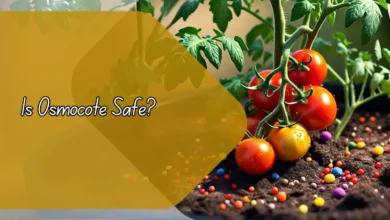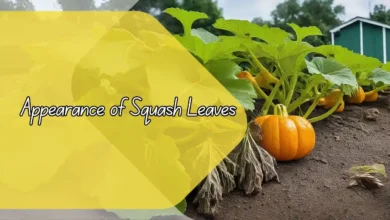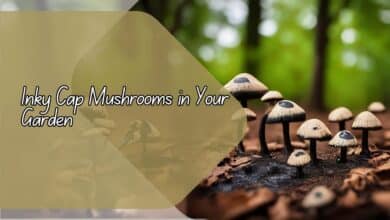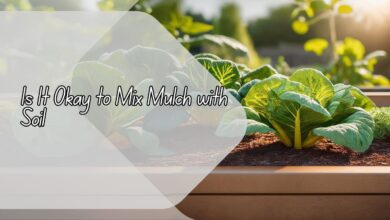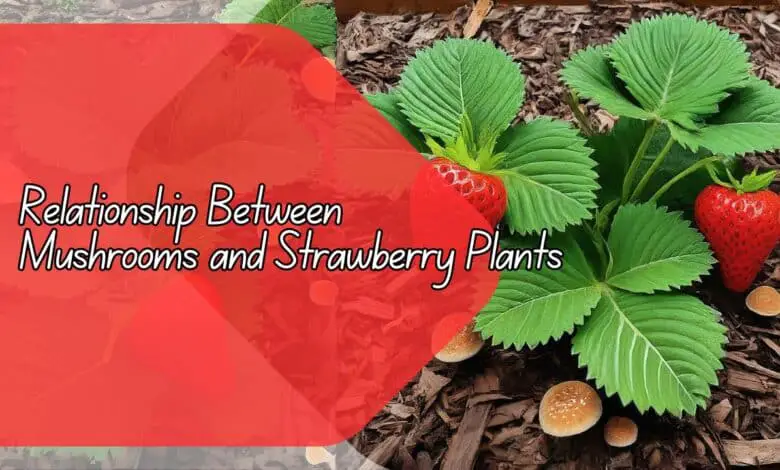
The Surprising Relationship Between Mushrooms and Strawberry Plants
In this article, we will explore the fascinating relationship between mushrooms and strawberry plants in the garden. Many gardeners may not realize the important role that mushrooms play in the health and growth of their strawberry plants. By understanding this relationship, gardeners can create a more sustainable and productive garden.
What is the role of mushrooms in the garden?
Mushrooms, often seen as a nuisance or even harmful in the garden, actually play a crucial role in the ecosystem. They are decomposers, breaking down organic matter such as dead leaves, twigs, and other debris. In the process, they release nutrients back into the soil, creating a nutrient-rich environment for plants to thrive.
When mushrooms grow in the vicinity of strawberry plants, they help create a symbiotic relationship. The mushrooms break down organic matter, releasing nutrients that the strawberry plants can absorb and utilize for growth. This can lead to healthier, more robust strawberry plants with increased yields.
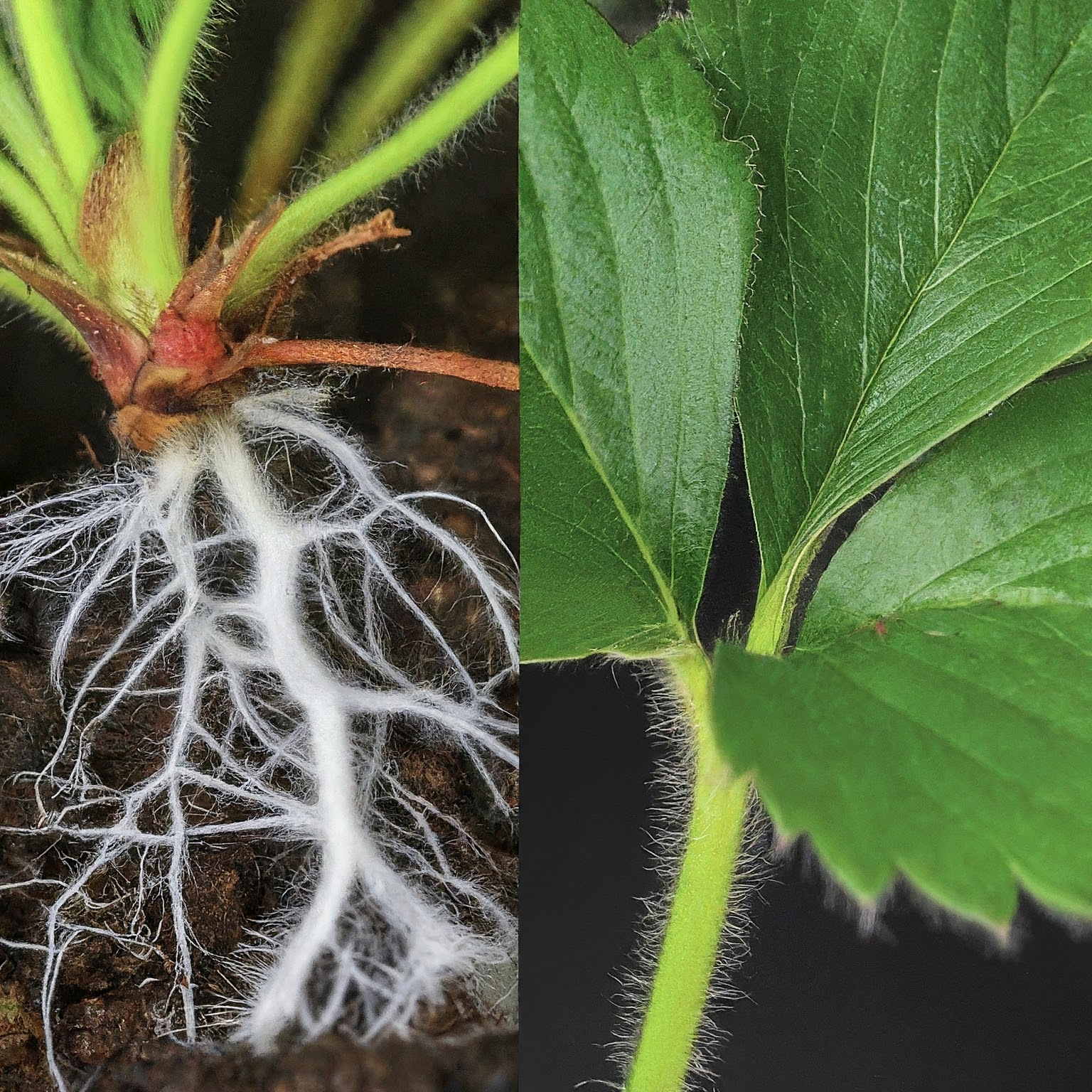
How do mushrooms benefit strawberry plants?
One of the key ways in which mushrooms benefit strawberry plants is through their ability to enhance soil health. As mushrooms break down organic matter, they release nutrients such as nitrogen, phosphorus, and potassium into the soil.
These nutrients are essential for plant growth and development, helping strawberry plants produce bountiful fruits.
In addition to providing nutrients, mushrooms also help improve soil structure. By breaking down organic matter, they create a more porous soil texture that allows for better water retention and root penetration. This can result in strawberries that are more resilient to drought and better able to access the water and nutrients they need for optimal growth.
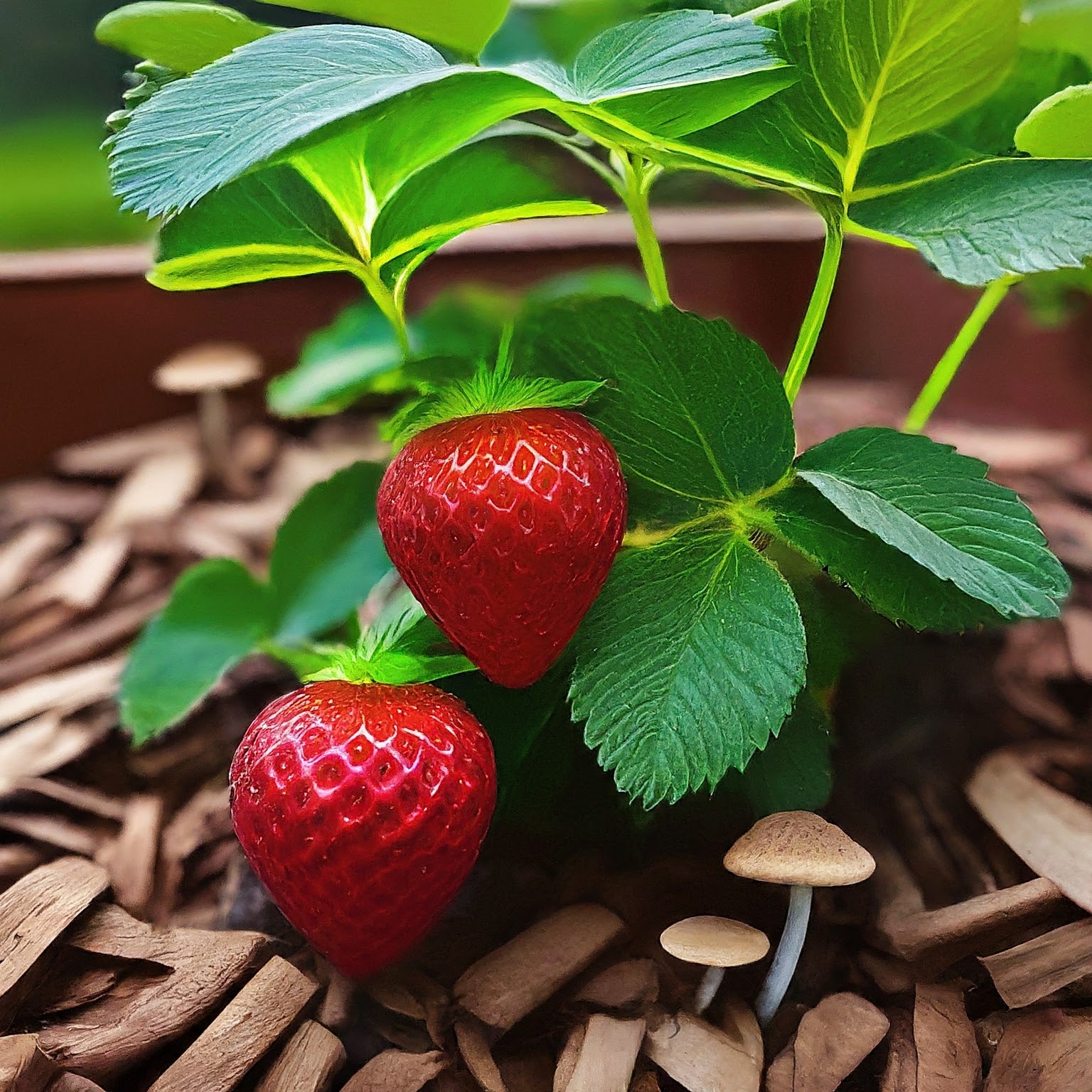
Can mushrooms be harmful to strawberry plants?
While mushrooms generally have a beneficial relationship with strawberry plants, some species can be harmful. Certain types of mushrooms are parasitic, competing with plants for resources and potentially causing damage to the roots or fruit.
It is important for gardeners to be able to identify harmful mushroom species and take steps to remove them from the garden.
To minimize the risk of harmful mushrooms, gardeners should maintain good garden hygiene practices, such as removing dead plant material and ensuring proper drainage. By creating a healthy growing environment for their strawberry plants, gardeners can promote the growth of beneficial mushrooms while discouraging harmful ones.
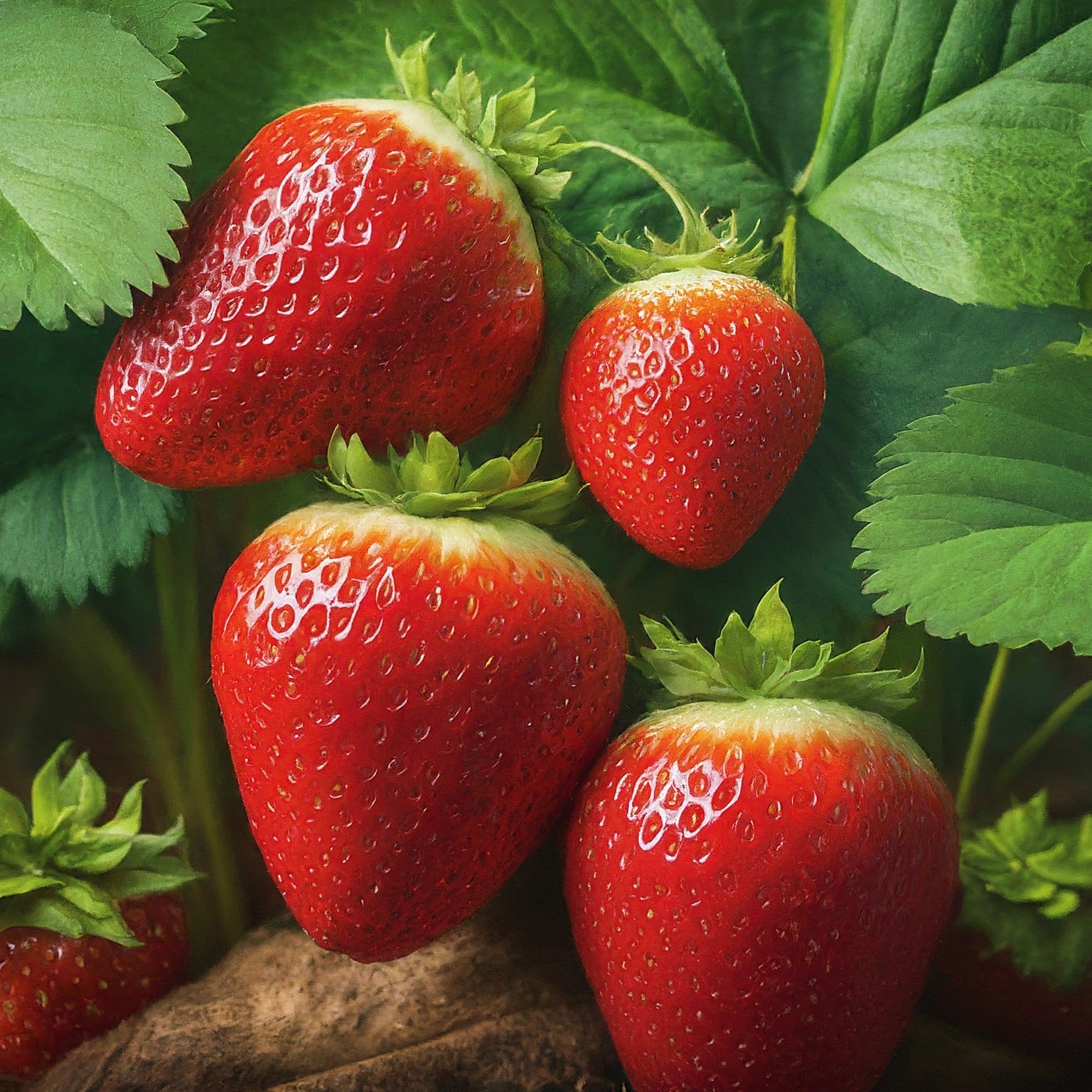
How can gardeners encourage the growth of beneficial mushrooms?
There are several ways that gardeners can promote the growth of beneficial mushrooms in their strawberry patches. One simple method is to add organic matter, such as compost or mulch, to the soil. This provides food for mushrooms and helps create a diverse microbial community that supports plant health.
Gardeners can also create a mycorrhizal-friendly environment by minimizing the use of synthetic fertilizers and pesticides.
These chemicals can harm the beneficial fungi that mushrooms rely on for their growth. By opting for organic gardening practices, gardeners can encourage a healthy symbiotic relationship between mushrooms and strawberry plants.
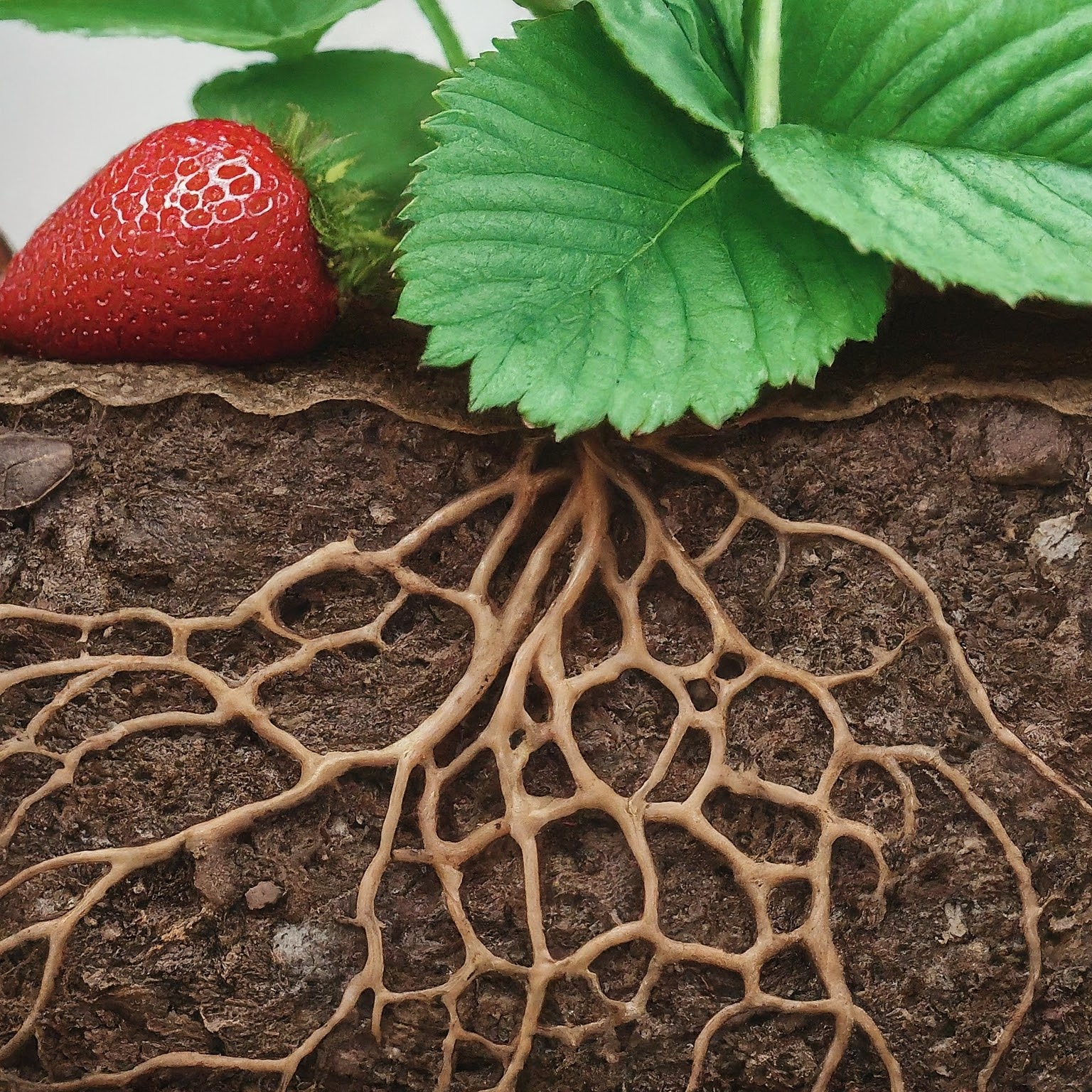
Conclusion
Mushrooms play a vital role in the health and growth of strawberry plants in the garden. By breaking down organic matter and releasing essential nutrients into the soil, mushrooms create a nutrient-rich environment that supports robust plant growth.
Gardeners can enhance this relationship by promoting the growth of beneficial mushrooms through organic gardening practices and maintaining good garden hygiene.
FAQs
Can I eat the mushrooms that grow near my strawberry plants?
While some wild mushrooms are edible, it is crucial to be able to accurately identify them before consuming them. If you are unsure about the safety of a mushroom, it is best to err on the side of caution and avoid eating it.
How do I differentiate between beneficial and harmful mushrooms?
Beneficial mushrooms generally have a symbiotic relationship with plants and aid in nutrient cycling. Harmful mushrooms, on the other hand, can compete with plants for resources or cause damage to their roots. It is essential to research and identify the mushrooms growing in your garden to determine their impact on your plants.
Can I still grow mushrooms if I have strawberry plants in my garden?
Yes, you can still grow mushrooms in your garden even if you have strawberry plants. However, it is important to ensure that the mushrooms you are growing are in a separate area from your strawberries to prevent any potential competition for resources.
How often should I add organic matter to promote mushroom growth?
Adding organic matter, such as compost or mulch, to the soil once or twice a year can help promote the growth of beneficial mushrooms. However, it is essential to monitor the soil conditions and adjust your practices accordingly to maintain a healthy growing environment.
Are there any specific mushroom species that are particularly beneficial for strawberry plants?
While there are many mushroom species that can benefit strawberry plants, some common beneficial varieties include oyster mushrooms and shiitake mushrooms. These fungi help break down organic matter and release nutrients that support plant growth.




